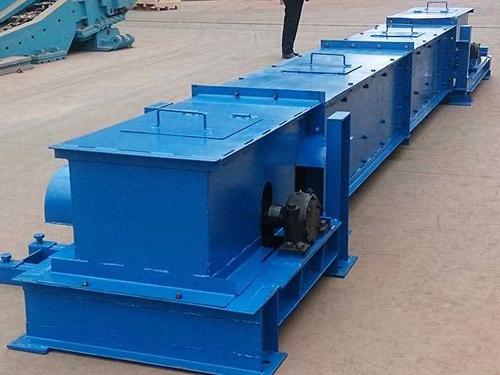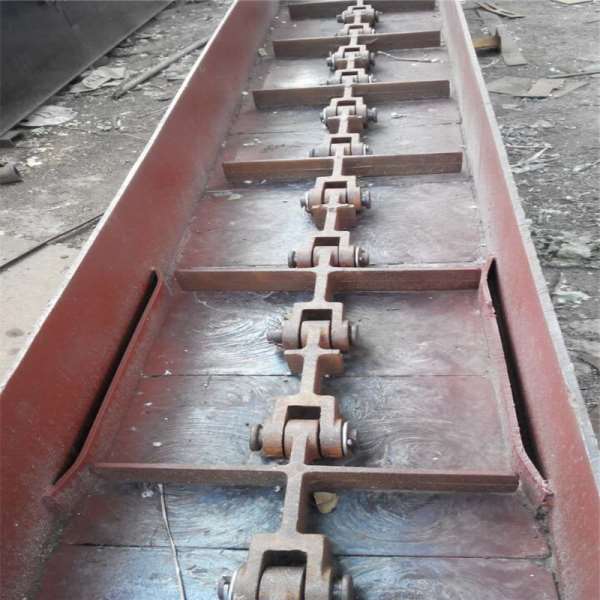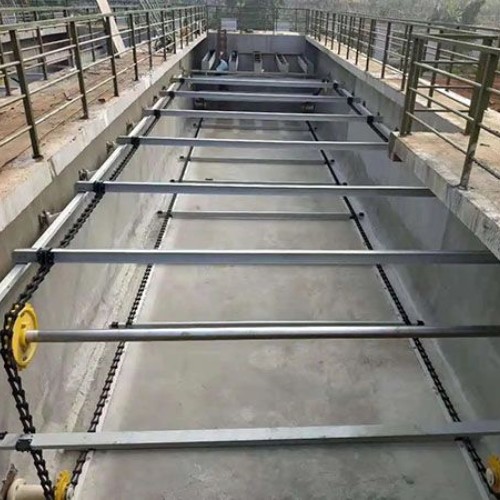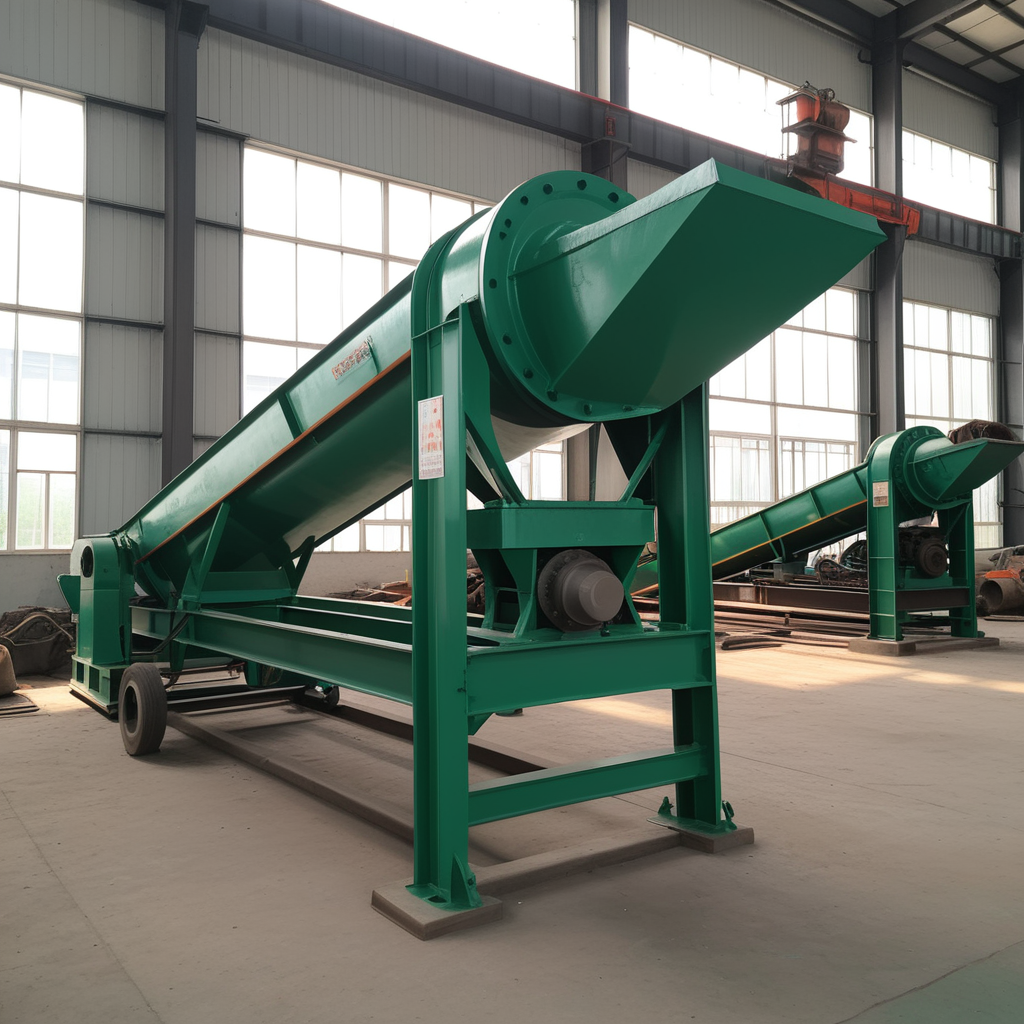
Lime Handling and Storage
Lime Handling and Storage Solutions
Efficient lime handling and storage are essential for industries like energy production, water treatment, cement manufacturing, and steelmaking, where lime (quicklime or hydrated lime) plays a critical role. Properly designed systems ensure safe, efficient, and environmentally friendly operations while minimizing material loss, dust, and equipment wear.
Key Considerations in Lime Handling and Storage
- Material Characteristics:
- Quicklime (Calcium Oxide): Reacts exothermically with moisture, requiring special handling to avoid caking or safety hazards.
- Hydrated Lime (Calcium Hydroxide): Powdery and prone to dusting; it requires dust control measures.
- Dust Control:
- Lime dust can be hazardous to workers and equipment. Proper sealing, ventilation, and dust collection systems are essential.
- Storage Solutions:
- Lime must be stored in moisture-free environments to maintain its quality and prevent chemical reactions.
- Conveying Challenges:
- Lime’s abrasiveness and tendency to cake require robust equipment designed for smooth material flow.
Lime Storage Solutions
- Silos:
- Construction: Typically made of steel or concrete with moisture-resistant designs.
- Capacity: Can range from small silos for limited lime usage to large-capacity silos for industrial-scale operations.
- Features:
- Moisture-resistant seals.
- Ventilation systems to manage temperature and pressure.
- Access ports for cleaning and maintenance.
- Hoppers:
- Used for temporary or smaller-scale lime storage.
- Can be equipped with agitation systems to prevent bridging and ensure smooth discharge.
- Big Bags or Bulk Bags:
- Suitable for small-scale operations or temporary lime storage.
- Require forklifts or hoists for loading/unloading.
Lime Handling Equipment
- Pneumatic Conveying Systems:
- Dense-Phase Conveying: Ideal for lime due to its low air velocity, minimizing dust and abrasion.
- Dilute-Phase Conveying: Can be used but may generate more dust and wear.
- Mechanical Conveyors:
- Screw Conveyors: Commonly used for short-distance lime transport, especially for feeding lime from silos to process points.
- En-Masse Chain Conveyors: Handle lime gently while preventing degradation.
- Bucket Elevators: Ideal for vertical transport of lime in bulk storage systems.
- Weigh Feeders:
- Ensure accurate dosing of lime for consistent process performance, particularly in water treatment and cement applications.
- Dust Collection Systems:
- Essential for capturing airborne lime dust during transport, storage, or discharge. Bag filters and cyclone separators are commonly used.
- Vibratory Feeders:
- Prevent material bridging and ensure consistent lime flow from hoppers or silos.
Applications of Lime Handling Systems
- Energy Sector:
- Lime is used for flue gas desulfurization (FGD) to reduce sulfur emissions. Handling systems ensure consistent lime feeding to scrubbers.
- Water Treatment:
- Lime is used to adjust pH levels and soften water. Accurate lime dosing and dust-free systems are critical for water treatment plants.
- Cement Manufacturing:
- Lime is a key raw material in clinker production, requiring robust storage and handling systems for smooth operation.
- Steelmaking:
- Lime is used as a flux in blast furnaces. High-capacity systems ensure continuous lime supply to meet process demands.
Challenges in Lime Handling and How to Overcome Them
- Caking and Bridging:
- Challenge: Lime tends to stick together, forming clumps or bridging in silos and hoppers.
- Solution:
- Use silo aeration systems to promote material flow.
- Install vibrators or mechanical agitators.
- Use moisture-free storage and handling designs.
- Dust Generation:
- Challenge: Lime dust is hazardous and can lead to equipment wear and environmental issues.
- Solution:
- Use enclosed conveyors and transfer points.
- Install efficient dust collection systems.
- Maintain proper sealing in storage and handling equipment.
- Material Abrasion:
- Challenge: Lime’s abrasiveness can wear down equipment over time.
- Solution:
- Use abrasion-resistant materials in conveyor and storage system components.
- Regularly inspect and maintain equipment.
- Moisture Sensitivity:
- Challenge: Lime reacts with moisture, reducing its effectiveness.
- Solution:
- Design systems with moisture barriers.
- Implement climate-controlled storage where necessary.
Advantages of Modern Lime Handling and Storage Systems
- Improved Safety:
- Dust control and enclosed systems reduce hazards for workers.
- Operational Efficiency:
- Accurate dosing and smooth material flow minimize downtime and maximize productivity.
- Cost Savings:
- Reduced material loss and lower maintenance costs improve overall profitability.
- Environmental Compliance:
- Effective dust control systems help meet stringent environmental regulations.
- Longevity:
- Abrasion-resistant designs extend equipment lifespan.
Conclusion
Efficient lime handling and storage systems are essential for ensuring uninterrupted operations, environmental compliance, and safety across industries. From robust silos to dust-free conveyors and dosing systems, tailored solutions can meet the specific needs of any lime-handling application.
Would you like assistance with designing or optimizing a lime handling and storage system for your application?







